- Are there different types of sludge?
-
The processing of precision components requires several grinding and polishing processes. Each process discharges different types of sludge which contains some particles of grinding wheel.
Put the mouse pointer on image to expand it. Turn the mouse wheel to zoom in.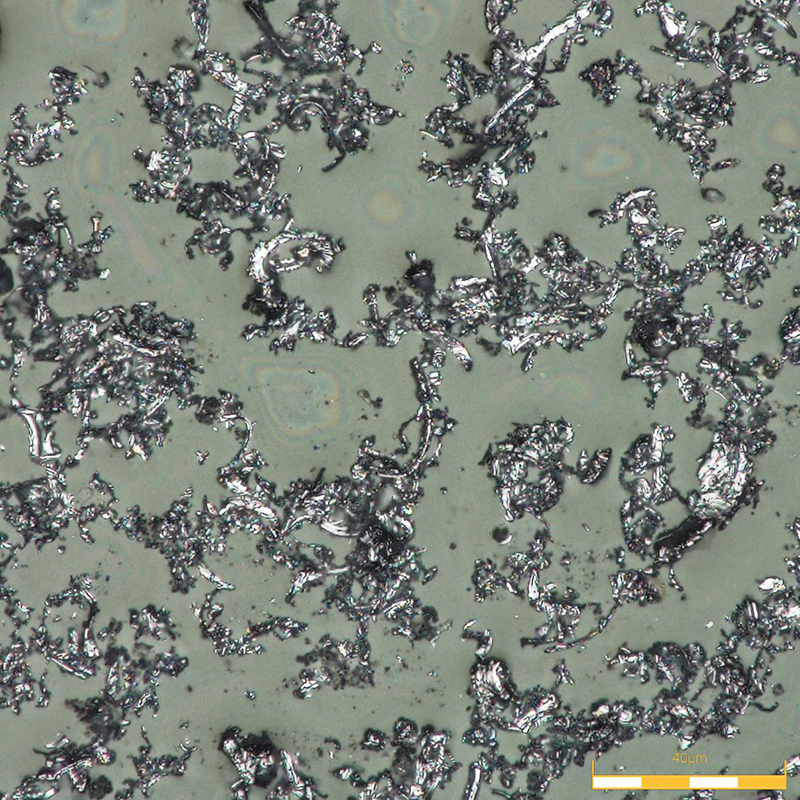
10μm sludge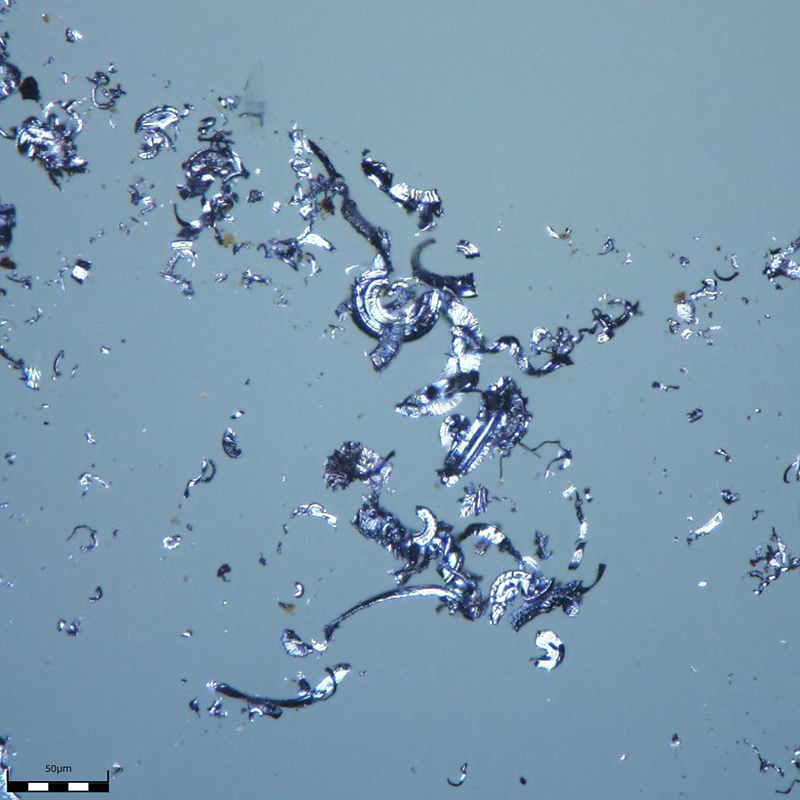
50μm sludge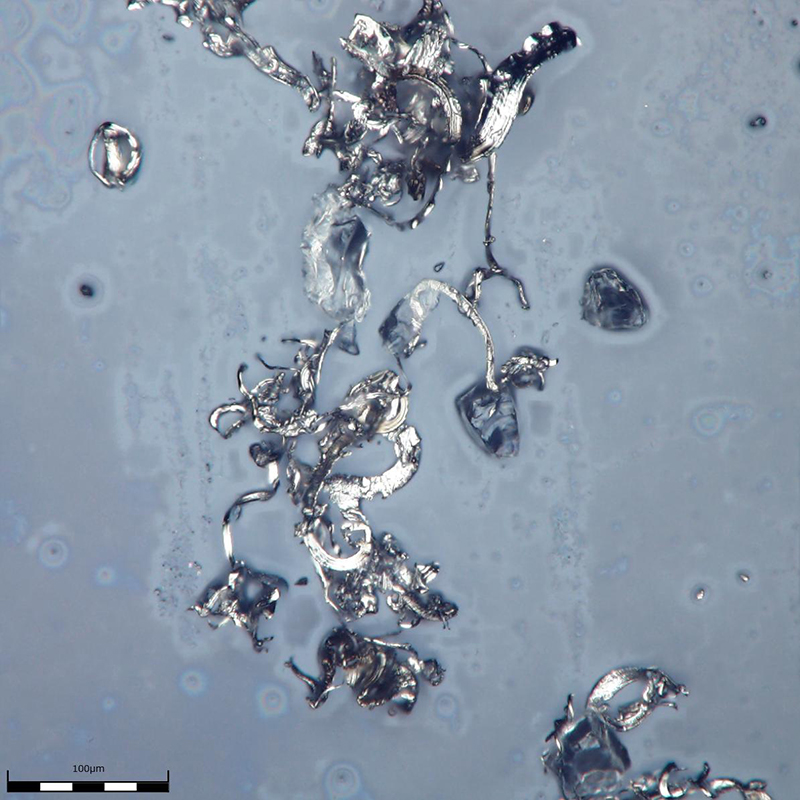
100μm sludge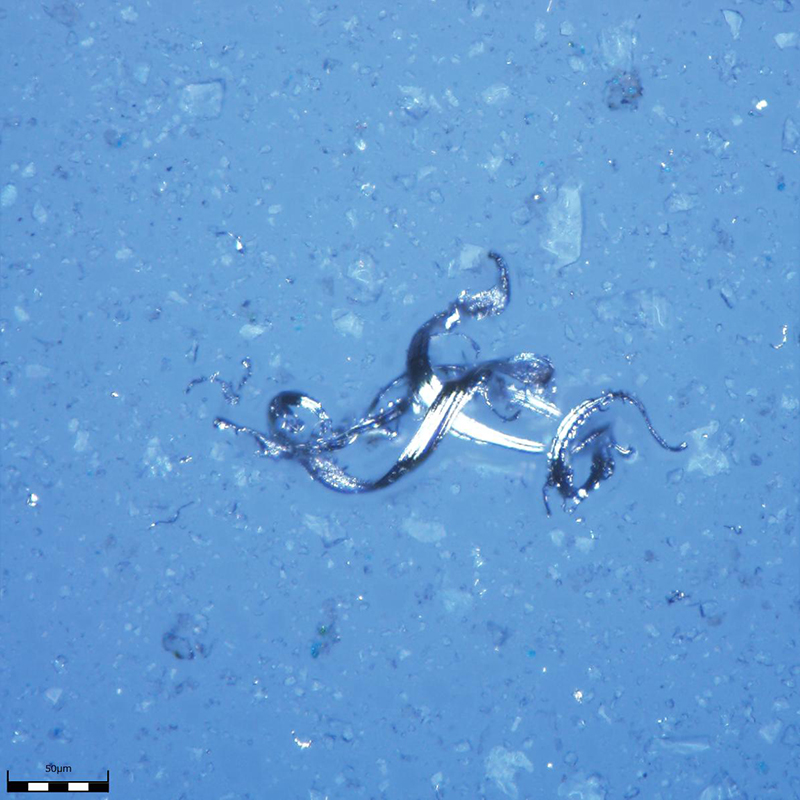
150μm sludge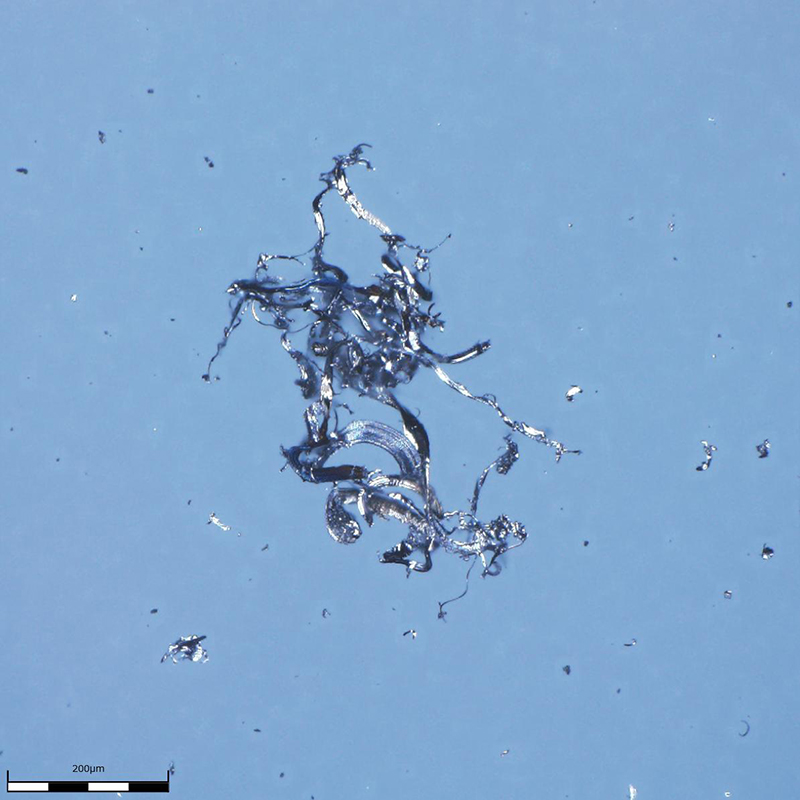
200μm sludge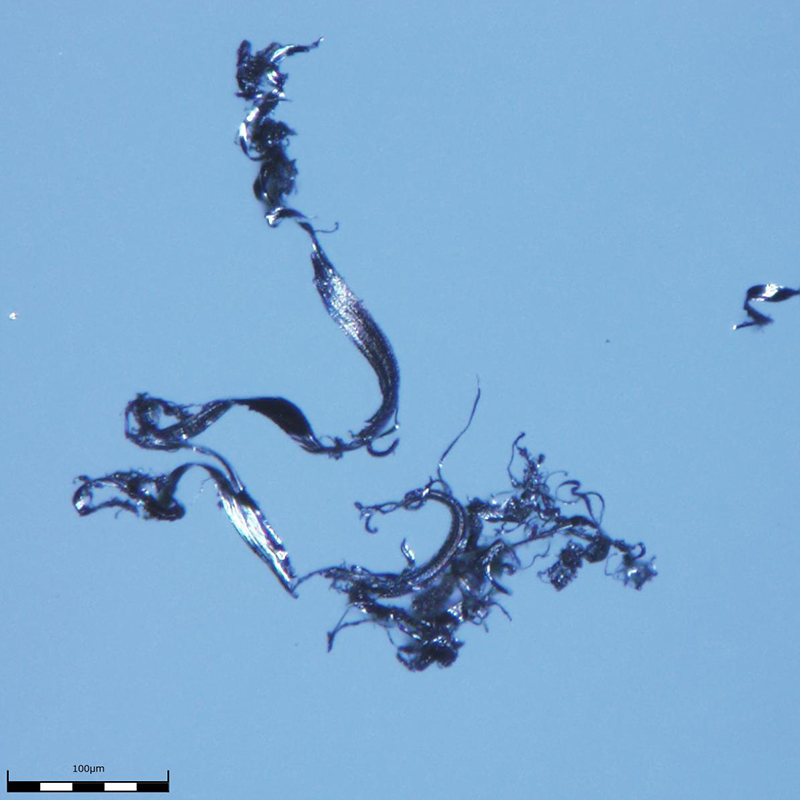
250μm sludge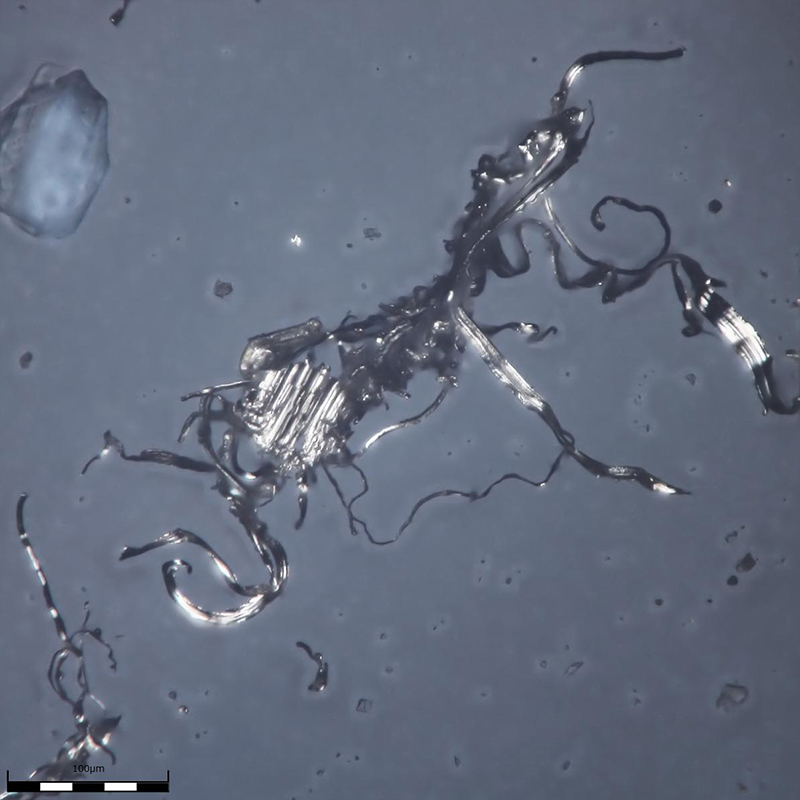
300μm sludge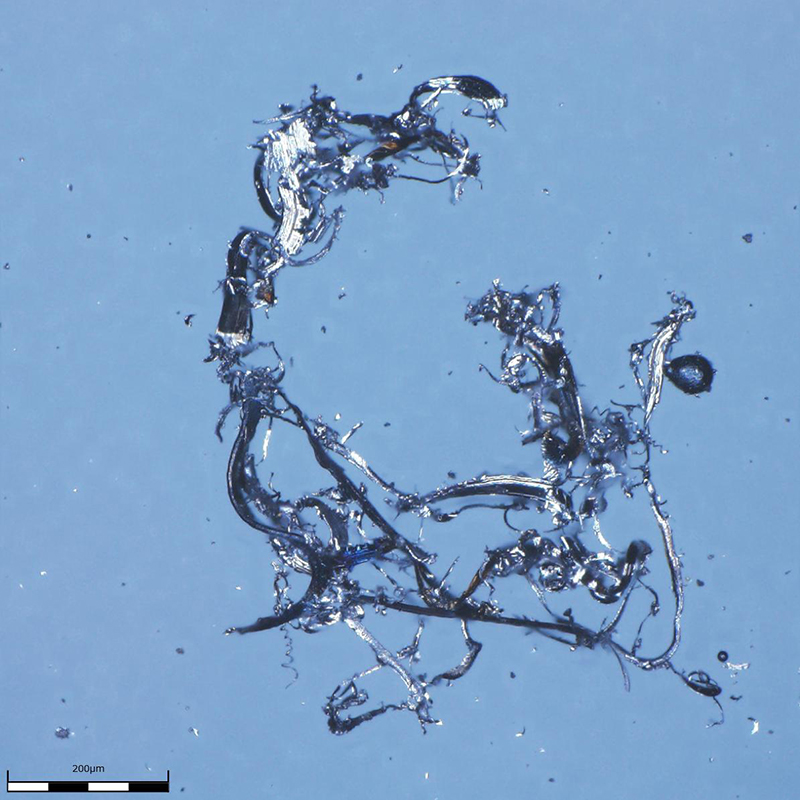
400μm sludge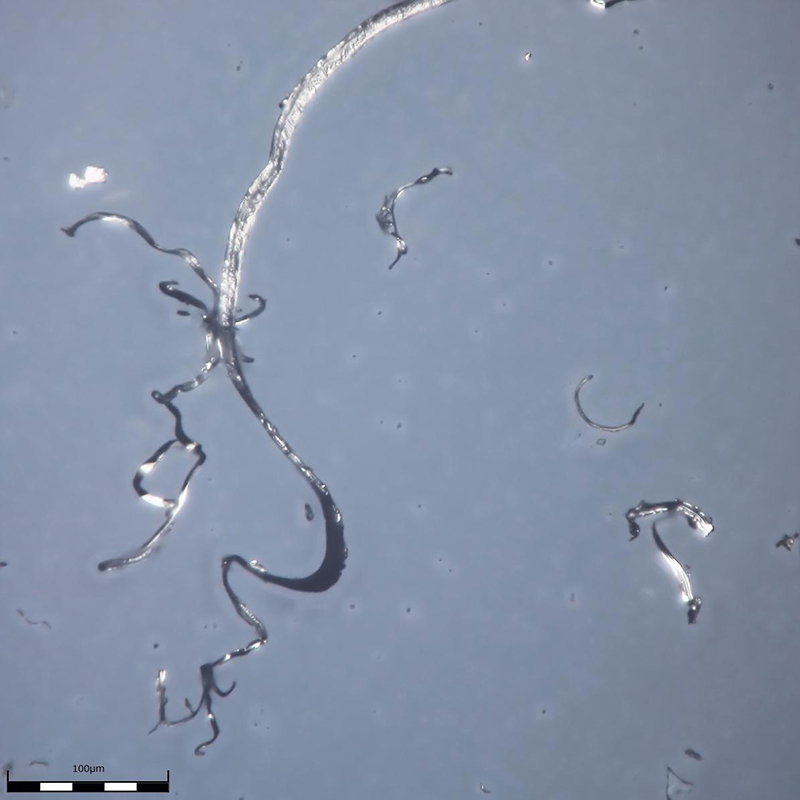
500μm sludge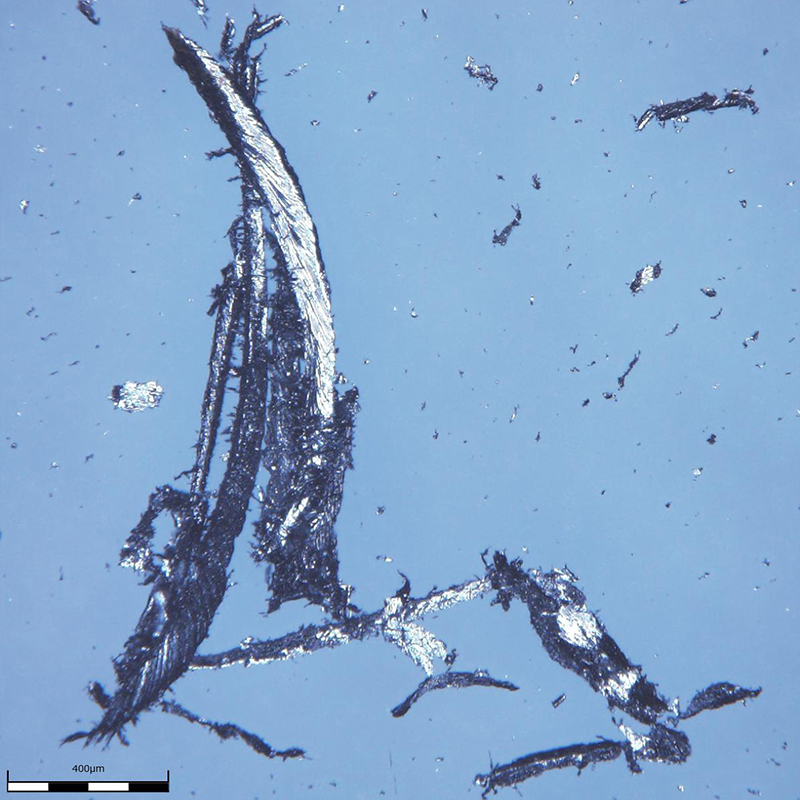
1000μm切削切粉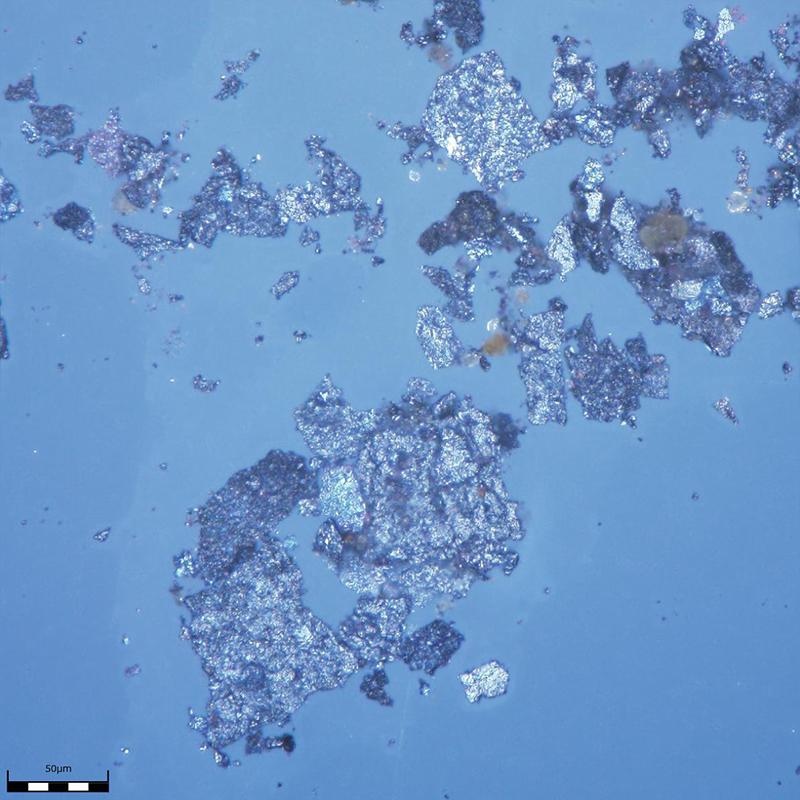
iron oxide
- What is the sludge made of?
- Grinding swarf and grinding wheel particles are the main constituents of the sludge. The grinding wheel particles make up 5% to 30% of the sludge.
- How small are the grinding swarf and the particle of grinding wheel?
- Grinding swarf is 1 μm to 500 μm in length and 1 μm to 50 μm in wire diameter. The great part of long swarf with the length of over 100 μm are helical.
Particle of general grinding wheel is 1 μm to 300 μm. Large quantities of particle are discharged in the process with frequent dressing of grinding stone.
- Why does sludge accumulate in the coolant tank?
- Because the tank is separated from the separation machine. The sludge that is not separated remains and accumulates in the tank.
- Why does the sludge float on liquid surface?
- Because bubbles and oil adhere to the grinding swarf, causing the sludge to float.
Bubbles that helical swarf includes make the sludge float.
- Why does the minute sludge float in the coolant?
- The smaller the sludge becomes, the more its surface area per mass unit increases. Therefore, the drag of the coolant makes the minute sludge float.
When using high viscosity coolant oil, strong drag of the liquid makes the minute sludge float.
- How to separate the floating sludge?
-
We recommend two separation method.
- Floating sludge dividing device
The device collects the floating sludge and compresses it to remove the bubbles. Due to the compression, the sludge goes down to the bottom of the tank and is discharged together with other sludge and grinding wheel particles(See page 11 of product catalog) - Water wheel for floating sludge
The blades of the water wheel catch sludge and draw it into the liquid. Magnet conveyor under the bottom of the tank draws and discharges the sludge together with other sludge and grinding wheel particles(See page 2 of S Model SludgeCut catalog).
- Floating sludge dividing device
- Why are the grinding swarfs hard to stick to the magnet?
-
- Spiral swarf is hard to stick to the magnet because of its low density per mass unit.
- Since minute swarf is subject to the drag of the coolant, it moves very slowly in the liquid in spite of being attracted by magnetic force. In higher viscosity liquid, its moving speed is much slower.
- Why does the coolant give off a bad smell?
- The accumulation of sludge in water-soluble coolant causes the propagation of bacteria. This causes a bad smell.
- How to prevent the accumulation?
- We recommend the SludgeCut, which integrates the tank and the separation mechanism to prevent the accumulation of the swarf and grinding wheel particles. Our SludgeCut is developed through studies on the structure of the sludge accumulation.

